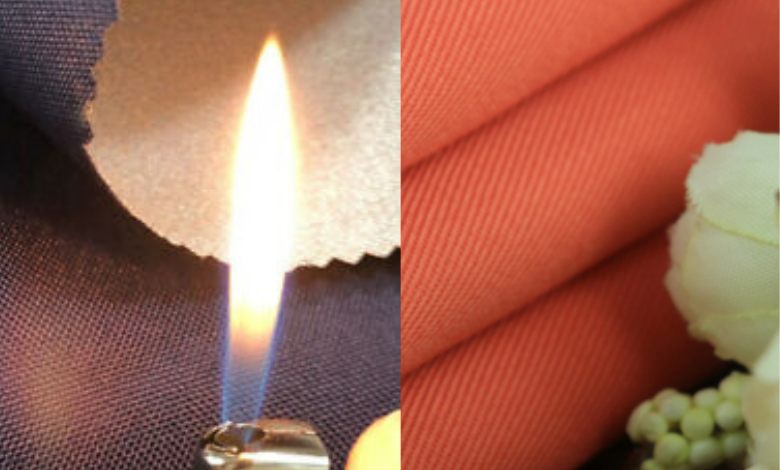What do you know about ISO 11611 Certification?

ISO 11611 is an international standard
Safety textiles such as aprons, hoods, gaiters, and sleeves are covered by this standard, which includes protective standards and analytical methodologies. When welding and other procedures are present, these textiles protect the wearer’s head, arms, and feet. Hand protection garments are not covered by this standard since they are covered by other standards.
The approval of EN ISO 11611 requires workers in hazardous workplaces to be protected from sparks, fire, and the potential of electrical shock caused by bare cables with electrical conductors. To ensure maximum protection, the workwear must cover the complete body. To do so, FR jackets and matching pants are effective, since they are constructed of FR materials that give the highest fire and heat protection. We recommend extra protection for the arms, hands, and front of the garment while employing welding procedures that generate a lot of sparks. To minimise sparks in workplace, safety gear requirements in line with ISO 11611 certified contain only a minimal number of pockets and other functions, preventing sparks from coming into contact with the body.
This standard necessitates the calculation of a garment’s fire and heat resistance. The garment is divided into two classes: class 1 and class 2. This gives protection against less risky techniques and situations. The FR resistance of fireproof textiles determines whether they are classified as class 1 or class 2. The standard contains further design criteria, such as the necessity to cover closures with appropriate fabric flaps, in addition to the flame and heat tests.
ISO 11612
If the wearer is wearing the cloth that has received this certification, they will be protected against fire and heat. Furthermore, this guideline only applies to materials designed to protect persons from fire. These materials, such as hoods, other head coverings, hand coverings, and other comparable clothing that do not come within the ISO 11612 certificate, are an exception. When using textiles that aren’t certified, it’s a good idea to wear supplementary protection in such places. Fabrics with this accreditation are also ideal for industrial workers, electricians, and other professionals in comparable vocations.
When heat and flames come into contact with clothes, the standard looks at how well it protects the garment, its fabric, and related accessories. In addition, the 11612 fireproof fabric standard looks at weather resistance, shrinkage after washing, and the fabric’s lifespan. The evaluation takes place in a controlled atmosphere within laboratories. The goal of this Universal Standard is to encompass the most minute requirements for clothes that may be worn for a broad variety of end-uses to protect against high heat and flames.
Many of the dangers covered by EN ISO 11612 have three performance standards:
Level 1: Indicates a little danger.
Level 2: Indication of a medium-to-high risk.
Level 3: Indicates a high danger situation.
What is the significance of these standards?
When discussing FR Materials, it’s crucial to realize that for many individuals, these fabrics make the difference between life and death. A worker’s life can be stressful if they don’t have these textiles. To maintain these textiles up to date, we must keep a check and balance with the ISO 11612 certificate and other requirements to ensure that they will operate when needed. The standard enables us to test a variety of components and equipment. These rules are in place to ensure that only the highest-quality cloth is offered to clients.
These certifications have strict wardrobe criteria, and no flaws will be overlooked during examination. Each test has its own purpose for testing, as it aids in the discovery of these fireproof textiles’ hidden flaws and limits. The limit that these textiles can withstand is taken into account while determining their consistency and grades. Similarly, the ISO 11612 standard differs in terms of testing, but the goal remains the same: to measure the fabric to its utmost extent. The fabric fails to pass the tests set out in EN ISO 11611’s minimal requirements. When there is a failure in testing, textiles are rejected. Premium materials outperform normal fabrics in terms of protection and durability, yet they pale in contrast.
Furthermore, these ISO 11612 tests the fabric in extreme conditions such as molten metal splashes, fire exposure, heat from the electric arc in welding, and electric shock to identify all probable failure sites. If the FR fabric is of excellent quality, it can endure fire as well as perspiration, dirt, and other impurities. Every industry needs fireproof materials because they certify their dangers and lower the risk of loss of life. Protecting human life as much as possible is critical since it is more valuable than everything else in the world, and ISO 11611 aids in this endeavor. A cloth with this certification is long-lasting and reliable.




